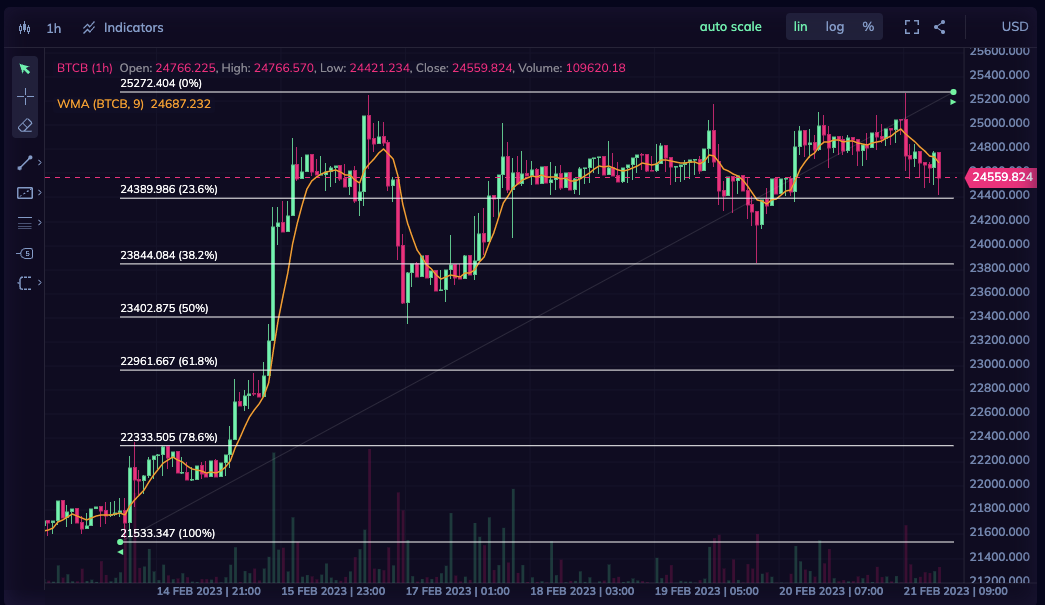Polygon (Matic).
Polygon is a layer two scaling solution for Ethereum, that aims to provide faster and cheaper transactions on the Ethereum network.

Polygon is a layer two scaling solution for Ethereum, that aims to provide faster and cheaper transactions on the Ethereum network. In this article, we will delve deeper into what a polygon is, its history, examples, how it works, and its pros and cons.
History of Polygon
Polygon was launched in 2017 under the name Matic Network by three Indian developers: Jaynti Kanani, Anurag Arjun, and Sandeep Nailwal. The network aimed to solve the scalability issues faced by the Ethereum network and enable it to handle more transactions per second. In February 2021, Matic Network rebranded to Polygon with a mission to become the go-to platform for building and connecting decentralized applications (dApps).
Examples of Polygon Applications
Polygon has quickly gained adoption in the cryptocurrency space and has been used to build several successful projects. One of the most popular applications built on Polygon is Aave, a decentralized finance (DeFi) protocol that allows users to borrow and lend cryptocurrency. Other popular projects built on Polygon include Quickswap, a decentralized exchange (DEX), and Cometh, a blockchain-based gaming platform.
How Does Polygon Work?
Polygon is a layer two scaling solution that works by creating a sidechain on top of the Ethereum network. This sidechain is known as the Polygon network and is designed to handle transactions more efficiently than the main Ethereum network. Polygon uses a Proof-of-Stake (PoS) consensus mechanism, which allows it to process transactions faster and cheaper than the main Ethereum network.
Polygon achieves this by bundling transactions together into blocks and then processing those blocks in parallel. This approach enables Polygon to handle thousands of transactions per second, compared to Ethereum's current capacity of around 15 transactions per second. The speed and cost efficiency of the Polygon network make it an attractive option for developers looking to build dApps on the Ethereum network.
MATIC
The main coin of Polygon is MATIC. It is an ERC-20 token that is used to pay for transaction fees, staking, and other services on the Polygon network. MATIC tokens are also used as a reward for validators who help secure the network through staking. Additionally, MATIC tokens are traded on various cryptocurrency exchanges and have been listed on major exchanges such as Binance, Coinbase, and Kraken.
Pros and Cons of Polygon
Pros
- Fast and Cheap Transactions: The Polygon network enables fast and cheap transactions, making it an attractive option for developers and users.
- Scalability: Polygon's layer two scaling solution helps to solve the scalability issues faced by the Ethereum network.
- Interoperability: Polygon is designed to be interoperable with other blockchains, making it easy to connect dApps built on different platforms.
Cons
- Centralization: The PoS consensus mechanism used by Polygon has been criticized for its centralization, with some arguing that it could lead to a concentration of power in the hands of a few validators.
- Security: The security of the Polygon network is dependent on the security of the Ethereum network. If the Ethereum network were to suffer a major security breach, the security of the Polygon network could be compromised.
- Limited Adoption: Despite its popularity in the cryptocurrency space, Polygon has yet to achieve widespread adoption outside of the Ethereum network.
Conclusion
In conclusion, Polygon is a layer two scaling solution that aims to solve the scalability issues faced by the Ethereum network. It provides fast and cheap transactions, making it an attractive option for developers and users. While Polygon has gained considerable popularity in the cryptocurrency space, it still faces challenges around centralization, security, and adoption. Despite these challenges, the potential of the Polygon network to enable the development of decentralized applications on the Ethereum network cannot be ignored.




